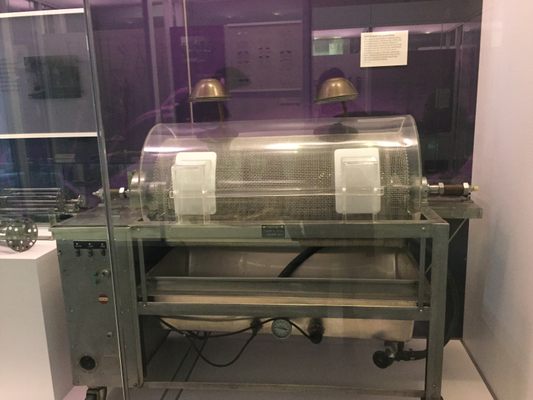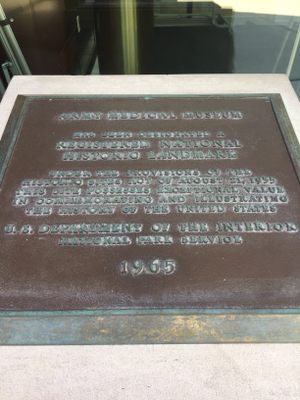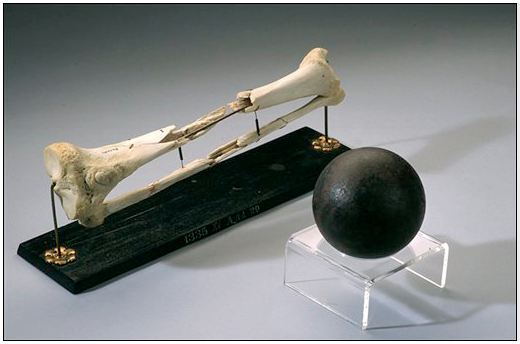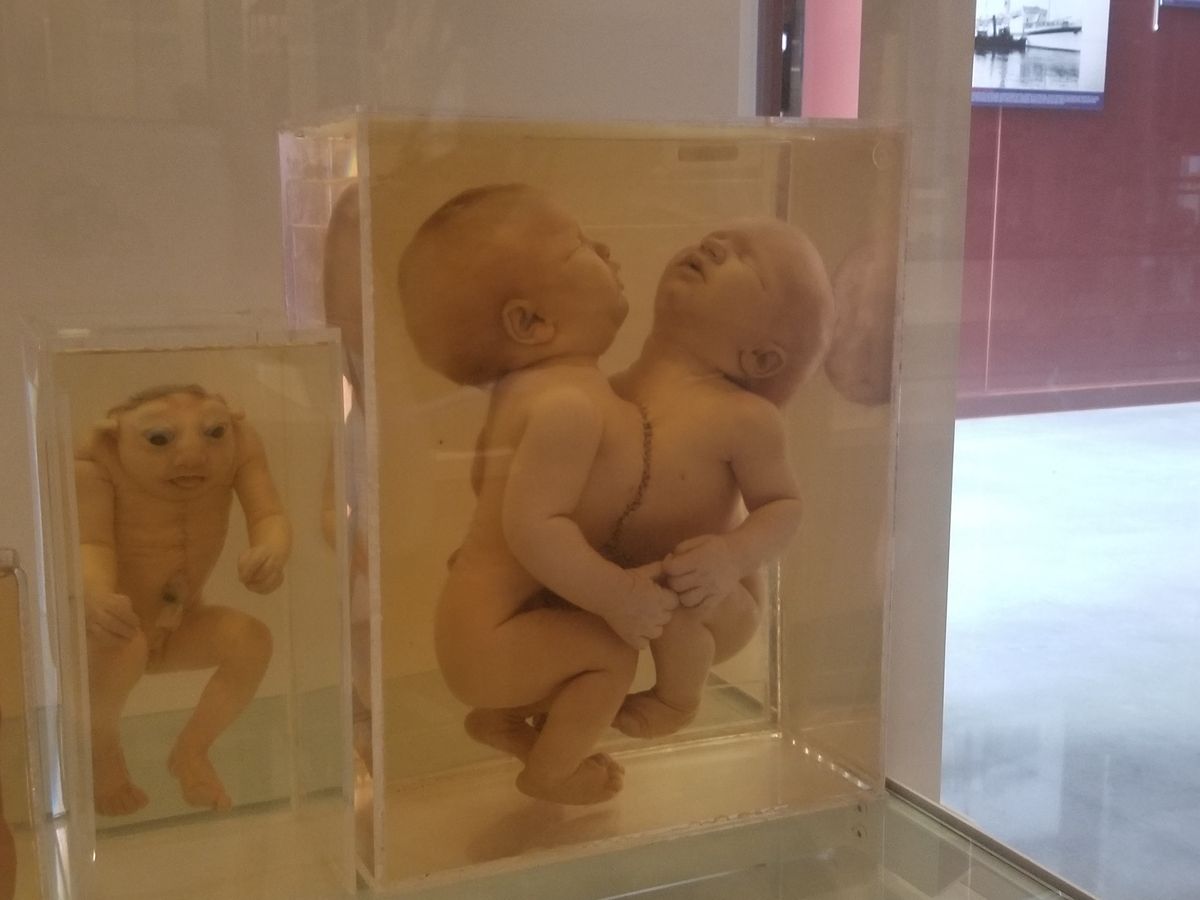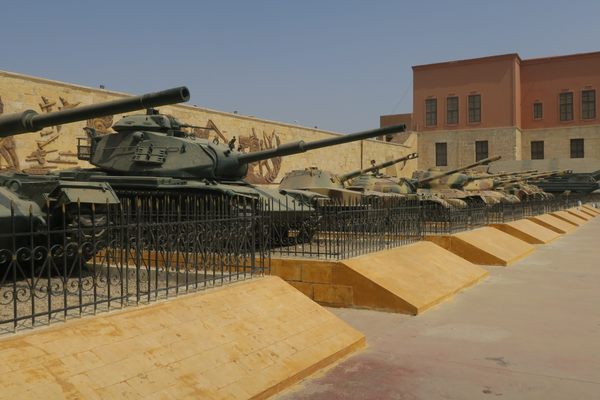About
Once housed in downtown Washington, D.C., the National Museum of Health and Medicine in Silver Spring, Maryland houses a staggering 24 million medical items. The collection includes anatomical and pathological specimens, antique instruments, and important historical medical documents, and features rotating public exhibits. One of the more notable groups of anatomical specimens is bone fragments and hair from Abraham Lincoln's skull along with the bullet that ended the president's life.
We have Lincoln himself to thank for the preservation of these items, along with the rest of the collection at the NMHM. In 1862, Lincoln appointed William Alexander Hammond, a neurologist, to be the 11th Surgeon General of the U.S. Army. The National Museum of Health and Medicine was established that same year under Hammond’s orders. Its mission was to “collect, and to forward to the office of the Surgeon General all specimens of morbid anatomy, surgical or medical, which may be regarded as valuable."
The collection includes many items from the American Civil War, including medical instruments and an unusual human skull from a soldier who was shot across the top of the head, with the skull plate cleaving the bullet in two. General Sickles's leg, which was amputated during the Battle of Gettysburg, supposedly arrived in a coffin-shaped box with a card that read, "With the compliments of Major General D.E.S." It was put on display soon after, and visited by the general for several years on the anniversary of the battle.
Medical items on display in the NMHM includes anatomical and pathological specimens, such as a row of skeletons arranged by height that illustrate different stages of development, a conjoined twin specimen preserved in alcohol, and a Trichobezoar, or human hairball, removed from a 12-year-old girl who had been compulsively eating her hair for six years. The museum also houses antique instruments, and a huge collection of microscopes, notably the one used by Robert Hooke while he was writing Micrographia, as well as important historical medical documents. There is a special emphasis on military medicine, with representation from the wars of the 20th century.
Keep an eye out at the museum for the off-white mummified head and shoulders of a girl who died naturally in the late 1800s and was embalmed using an arsenic-laced formula to illustrate the element's preservative powers.
The Atlas Obscura Podcast is a short, daily celebration of all the world's strange and wondrous places. Check out this episode about the National Museum of Health and Medicine.
Related Tags
Know Before You Go
The museum is open from 10am- 5pm, Wednesday through Sunday (closed Monday and Tuesday), and is a walkable 20 min from Forest Glen metro or a short cab or bus ride from both the Silver Spring and Forest Glen stations on Metro's Red Line. Its new location means that visitors no longer have to go base, all are welcome, with or without ID. There is ample parking.It is a free museum.
Community Contributors
Added By
Published
February 18, 2009










